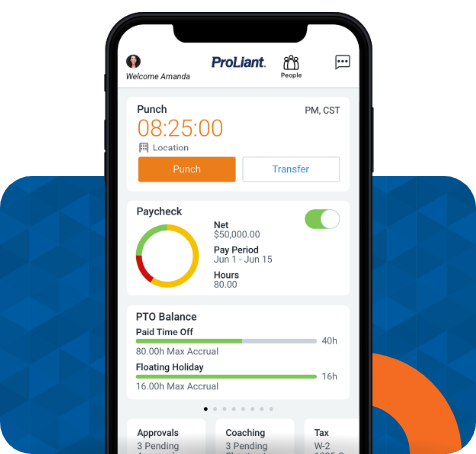Part 5 of our series on Taxes moves us away from the new Tax Cuts & Jobs Act and towards another hot topic in the tax world, the "Cadillac Tax". Defined by taxpolicycenter.org, the “Cadillac Tax” is, “Employer-sponsored health benefits whose value exceeds legally specified thresholds will be subject to a 40 percent excise tax, starting in 2020. The so-called “Cadillac tax” will be levied on insurance companies, but the burden will likely fall on workers. The tax will effectively limit the tax preference for employer-sponsored health insurance.” This tax will equate to 40% of the value of health benefits exceeding thresholds projected to be $10,800 for single coverage and $29,050 for family coverage in 2020 and adjusted for growth in the consumer price index in the following years. The Cadillac tax will apply not only to employers’ and employees’ contributions to health insurance premiums, but also to health saving account, health reimbursement arrangement, and medical flexible spending account contributions. So what does that all mean?
Ultimately it will come down to the workers bearing the brunt of this tax. Even though the tax will be levied on the insurance companies, workers will likely receive lower wages due to employers combating this. Some employers are reportedly planning on “avoiding” the tax by switching to less expensive health plans. Doing so would inherently mean higher wages for employees, but it also means said employees now have higher income and payroll taxes. The Joint Committee on Taxation and the Congressional Budget Office have actually predicted that 80% of the revenue generated by the Cadillac tax will be due to the higher income and payroll taxes instead of the excise taxes collected from the insurance companies.
In addition to the undesirable increase in taxes for employees, the Cadillac tax also essentially limits the Employer-Sponsored health Insurance (ESI) exclusion. The ESI, as it is now, is worth more to higher-bracket taxpayers. However, people belonging to that group are the ones who are more likely to purchase insurance anyway. The ESI exclusions’ “open-ended nature” has also been reported to contribute to faster health care cost growth. This is an ongoing study with analysts suggesting that the ESI exclusion be limited by “including the value of health benefits beyond a certain threshold in taxable income.” The Cadillac tax itself does not promote a direct limit, but it does effectively dismiss the ESI exclusion.
No matter if an employer accepts or tries to avoid the excise tax (with the methods listed above) health benefits that go beyond the thresholds put in place before the Cadillac tax would be subject to income and payroll taxes.
What are your company’s plans for the Cadillac tax? How will it affect your wages/insurance? If you would like to research further you can click HERE & HERE. You can also reach out to us directly using the form below to discuss the Cadillac tax with us here at Proliant.
Bibliography
The Tax Policy Center. (n.d.). The Tax Policy Center's Briefing Book. Retrieved from Tax Policy Center: http://www.taxpolicycenter.org/briefing-book/what-cadillac-tax








No Comments Yet
Let us know what you think